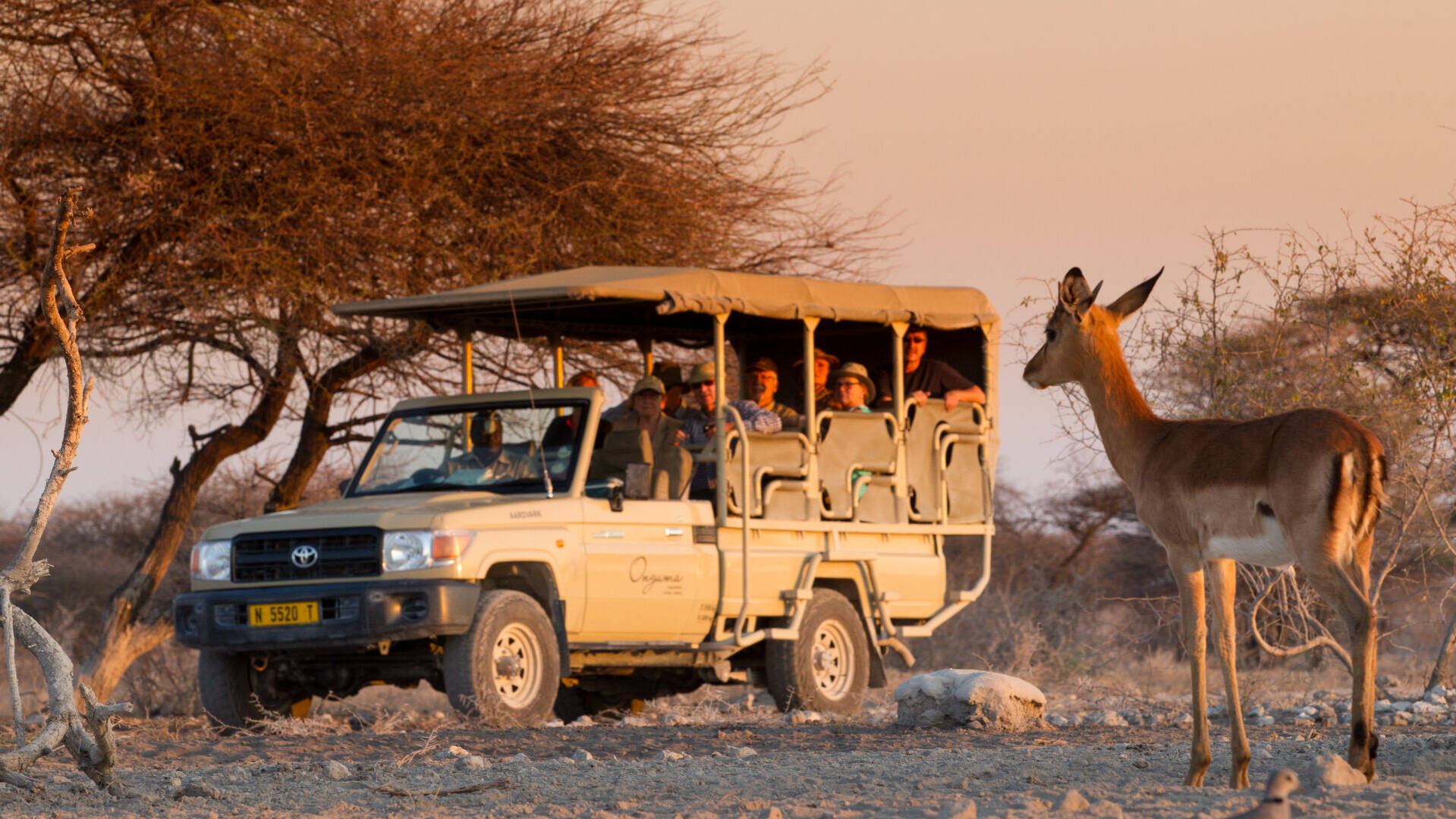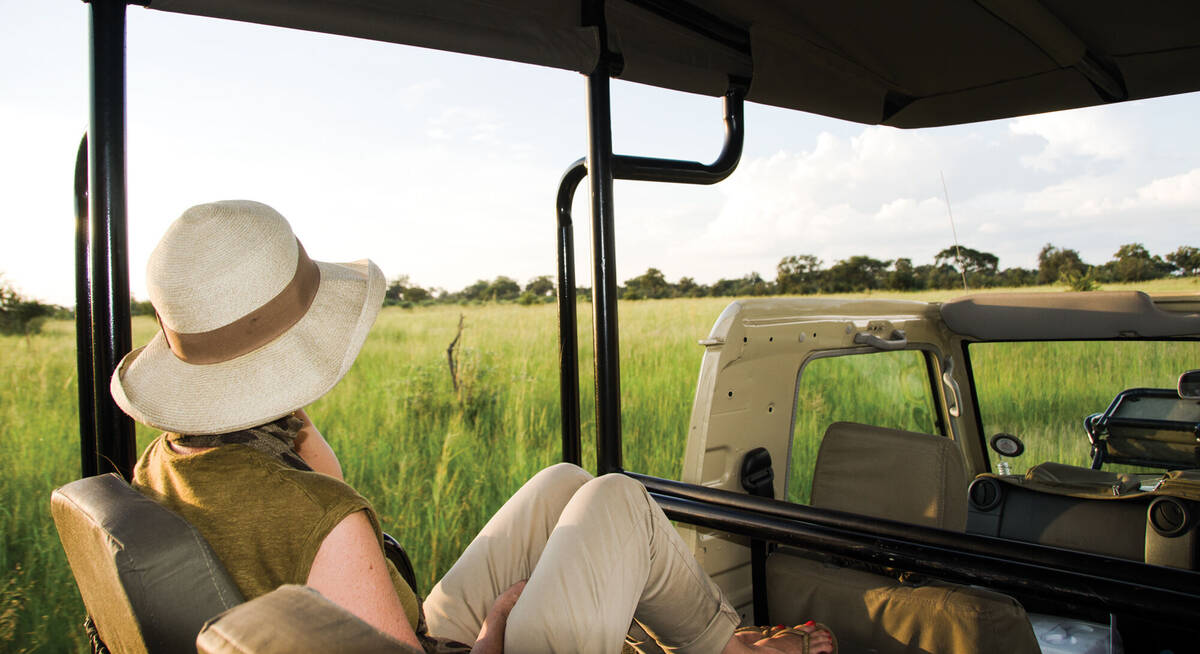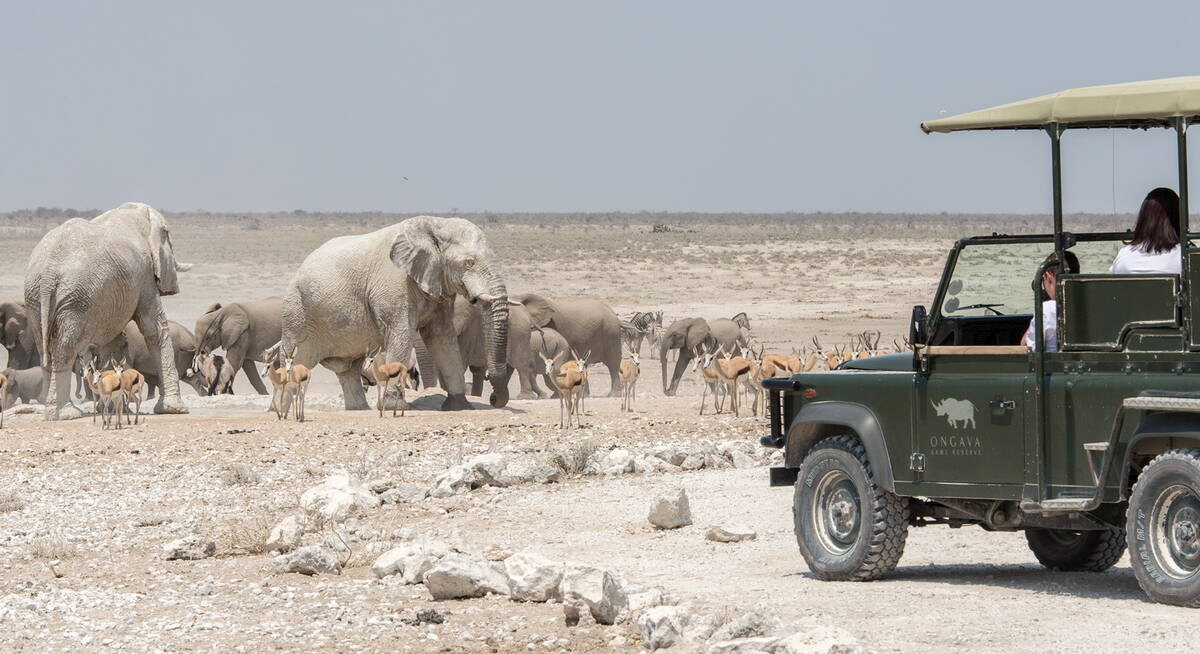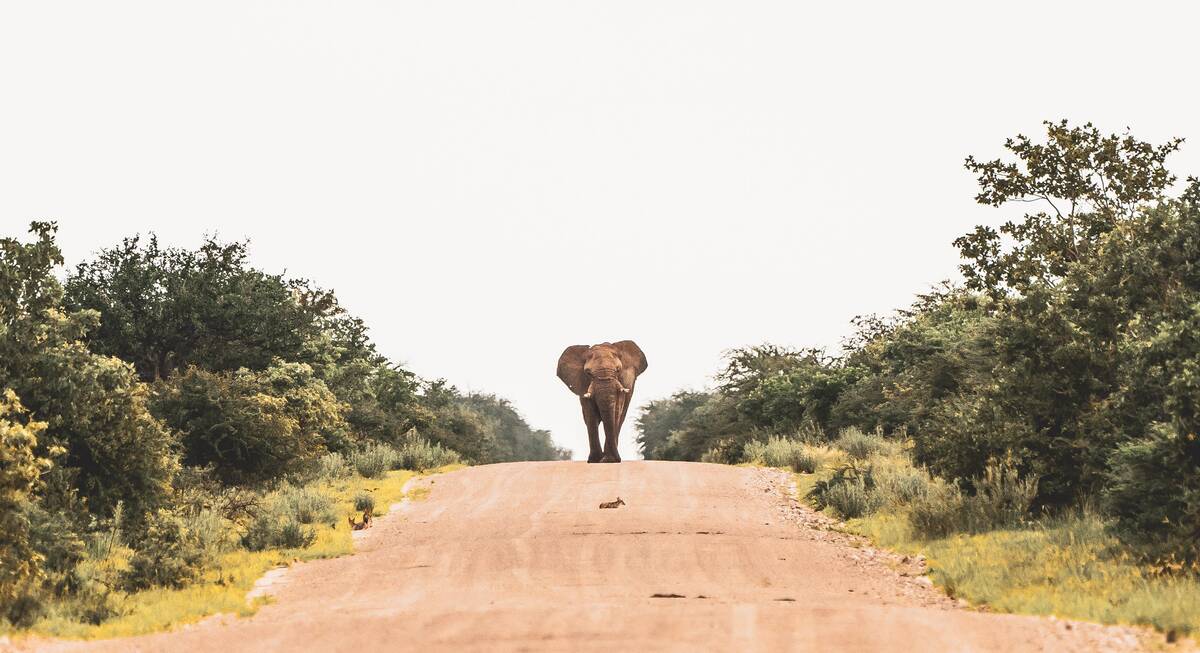Medium and small antelope in Namibia include bushbuck, marked with white spots and stripes...
...as well as slender, chestnut-coloured impala...
...and red lechwe, which can be found in moist, open environments.
Steenbok
Raphicerus cempestris Shoulder height 50cm. Weight 11kg.This rather nondescript small antelope has red-brown upper parts and clear white underparts, and the male has short straight horns. It is probably the most commonly observed small antelope; if you see a small antelope fleeing from you across farmland in Namibia, it is likely to be a steenbok. Like most other small antelopes, the steenbok is normally encountered singly or in pairs and tends to 'freeze' when disturbed, before taking flight.
Sharpe's grysbok
Raphicerus sharpieSharpe's grysbok is similar in size and appearance, though it has a distinctive white-flecked coat. It occurs alongside the steenbok in the far eastern reaches of the Caprivi Strip, but is almost entirely nocturnal in its habits and so very seldom seen.
Oribi
Ourebia ourebiThe Oribi is a widespread but very uncommon antelope, which is usually found only in large, open stretches of grassland. It looks much like a steenbok but stands about 10cm higher at the shoulder and has an altogether more upright bearing. In Namibia you have a chance of seeing these only on the Caprivi Strip, and you'll need to look hard.
Damara dik-dik
Madoqua kirkiThe Damara dik-dik occurs in central-north Namibia, Etosha and the Kaokoland, as well as parts of East Africa where it is known as Kirk's dik-dik. It is Namibia's smallest antelope; easily identified from steenbok by its much smaller size. It is adapted to arid areas and prefers a mixture of bushes and spare grassland cover.
Damara dik-diks are particularly common in Etosha National Park, and will often sit motionless beside the road whilst they are passed by without ever being seen. They are active during the cooler hours of the day as well as the night and are almost exclusively browsers.
Common duiker
Sylvicapra grimmia Shoulder height 50cm. Weight 20kg.This anomalous duiker holds itself more like a steenbok or grysbok and is the only member of its (large) family to occur outside of forests. Generally grey in colour, the common duiker can most easily be separated from other small antelopes by the black tuft of hair that sticks up between its horns.
It occurs throughout Namibia, everywhere except the Namib Desert. Common duikers tolerate most habitats except for true forest and very open country, and are tolerant of nearby human settlements. They are opportunist feeders, taking fruit, seeds, and leaves, as well as crops, small reptiles and amphibians.
Our top picks for holidays to Namibia
We'll always tailor-make your Town for you. Here are some of our favourites to inspire you.

Looking for inspiration on where to travel next?
Visit our trip chooser to explore your options and find inspiration for your perfect African adventure
Inspire me















